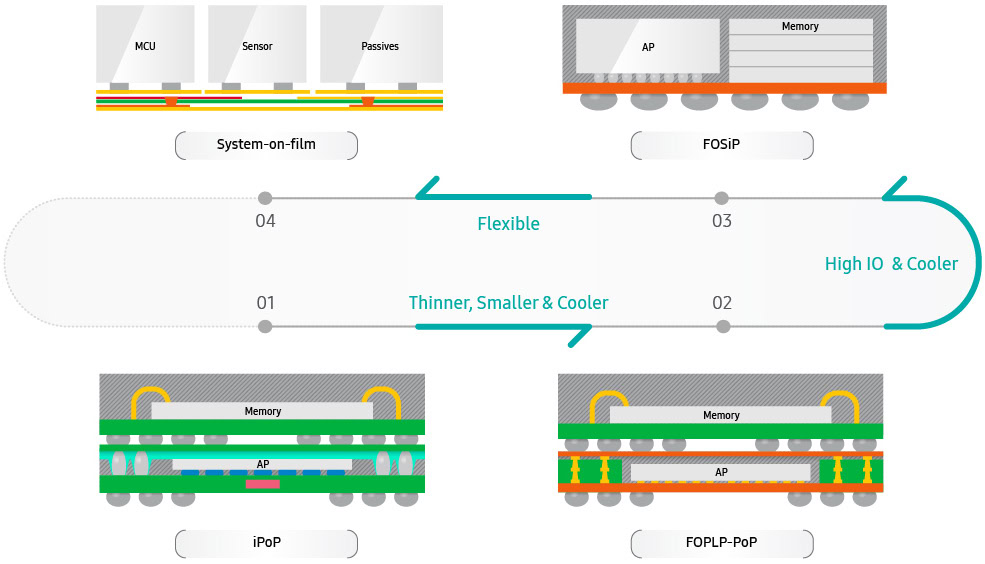Affiliate links on Android Authority may earn us a commission. Learn more.
Exclusive: Google Pixel 8a boasts 120Hz display, Tensor G3, DisplayPort output, better availability
Google Pixel A series phones are regarded as some of the best budget Android phones. While they make some sacrifices when it comes to hardware, they more than make up for it with lower price tags and access to Google’s usual software and camera magic. Even better, Google has been closing the hardware gap between the A series and the regular Pixels — the Pixel 7a was the best evidence of that trend so far, with its more fluid 90Hz display, improved cameras, and the addition of wireless charging support.
Thanks to a source inside Google, we can preview the specs of the upcoming Pixel 8a, which brings further major improvements to the series.
A new and improved display, yet again

One of the headline upgrades of the Pixel 7a was the addition of a 90Hz display. The lack of a high refresh rate panel was one of the major complaints about the Pixel 6a, and Google finally addressed it with its 2023 budget phone.
The Pixel 8a will upgrade the A series display even further. While the resolution and size of the display are unchanged, the OLED panel now supports 120Hz refresh rates with 1,400 nits of peak HDR brightness, which matches the specs of the higher-end Pixel 8. Also similar to the Pixel 8 is the fact that the panel is sourced from two manufacturers; most likely BOE and Samsung. Given all this, we can assume that the displays of the two devices are closely related and should perform similarly.
Corroborating Pixel 8a design leaks, I can also confirm that Google has also increased the corner radius of the display, which now more closely matches the design of the Pixel 8 series.
| Pixel 7a | Pixel 8a | Pixel 8 | |
|---|---|---|---|
Screen size | Pixel 7a 6.1-inch | Pixel 8a 6.1-inch | Pixel 8 6.2-inch |
Corner radius (at native resolution) | Pixel 7a 47px | Pixel 8a 128px | Pixel 8 102px |
Resolution | Pixel 7a 2,400 x 1,080 | Pixel 8a 2,400 x 1,080 | Pixel 8 2,400 x 1,080 |
Refresh rate | Pixel 7a 90 Hz | Pixel 8a 120 Hz | Pixel 8 120 Hz |
Brightness (HDR, declared) | Pixel 7a 1,000 nits | Pixel 8a 1,400 nits | Pixel 8 1,400 nits |
DisplayPort across the lineup
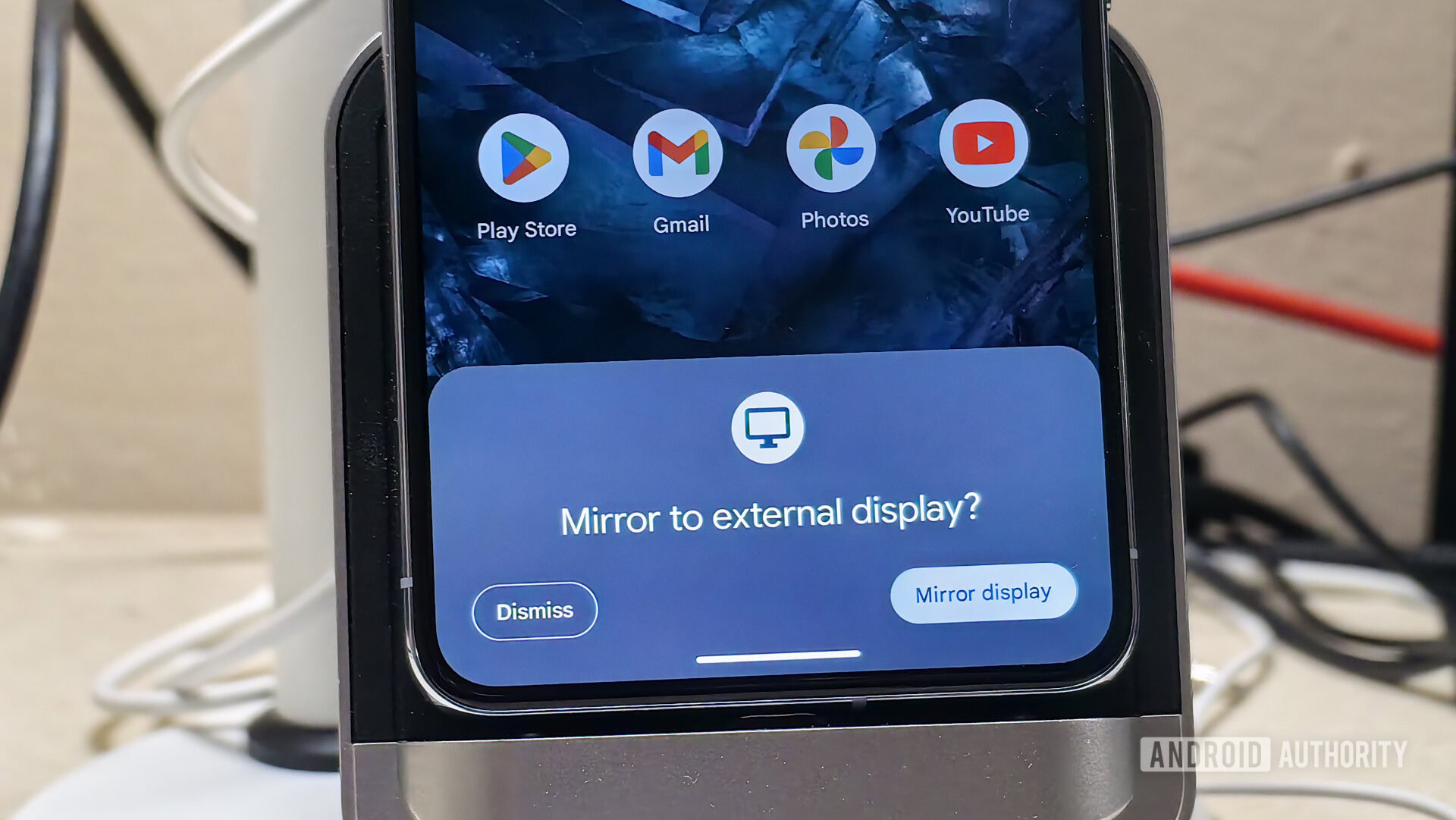
The flagship Google Pixel 8 series introduced a long-awaited power user feature: DisplayPort output support. While it was unused at the time of launch, Google has finally enabled it in a limited form in a recent Android 14 QPR3 beta release. While it’s still not a fully featured, Samsung DeX-like desktop mode like some wanted, it is a promising sign of Google’s interest in making the feature more useful in the future.
Another sign of that is the fact that the Pixel 8a also supports the feature.
It’s currently unclear why Google included DisplayPort output without having any real user software to support it. Still, it will definitely be interesting to see what happens in the future.
No upgrades to the camera
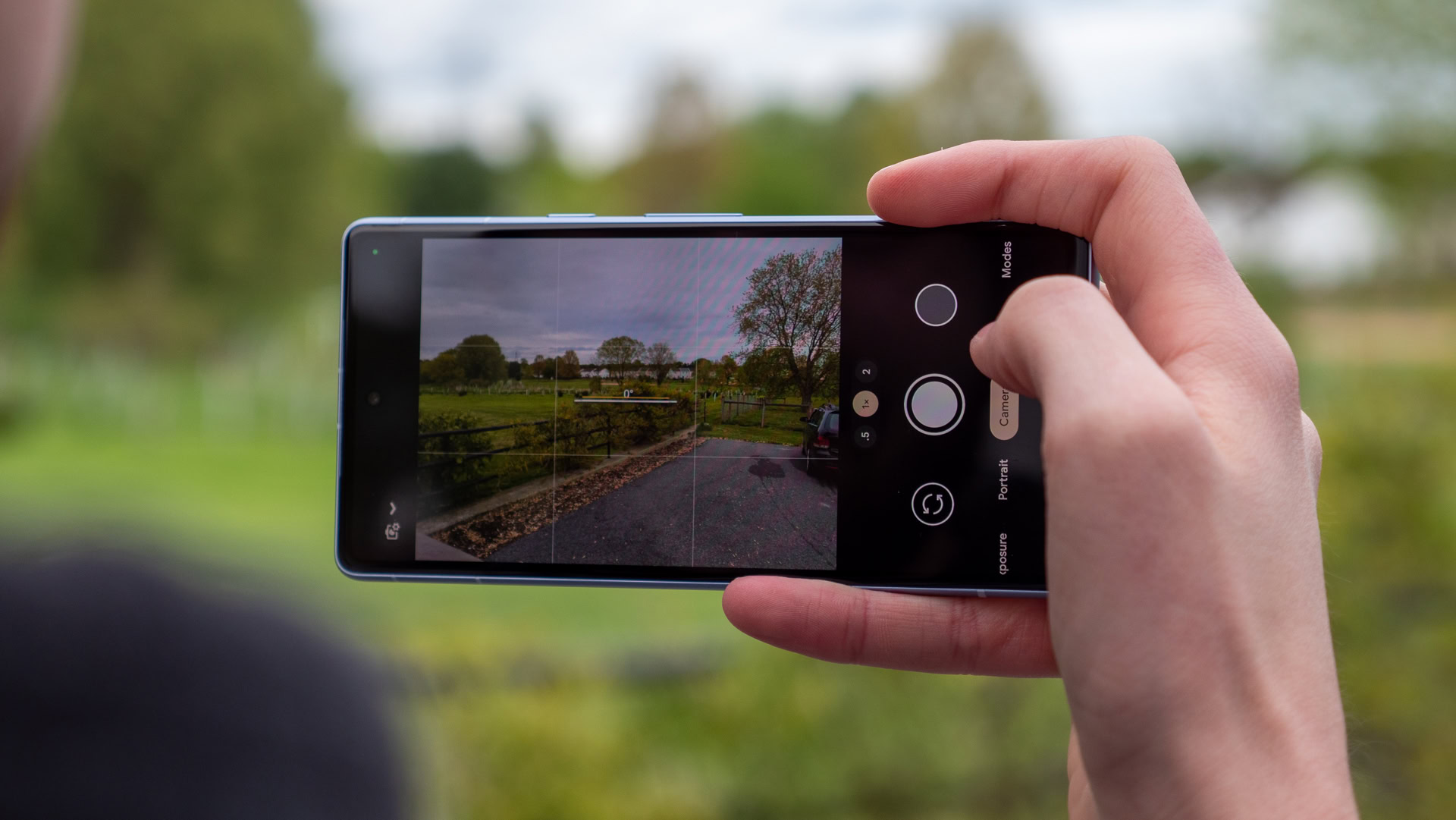
The cameras have always been a highlight of the Pixel A series. Thanks to Google’s processing wonders, they are considered some of the best smartphones for photography in their class, even though their hardware typically lags behind the competition.
Last year the Pixel 7a finally ditched the ancient primary 12MP Sony IMX363 camera sensor (which Google first used in the Pixel 3, a 2018 phone!) for a more modern setup built around a 64MP Sony IMX787. This year, Google will stick with this exact same setup for the Pixel 8a main camera.
While the hardware is not changing, we might still see some processing improvements and marginally improved pictures thanks to the Tensor G3 processor. Speaking of which…
| Pixel 7a | Pixel 8a | Pixel 8 | |
|---|---|---|---|
Primary | Pixel 7a Sony IMX787 (64 MP) - 1/1.73" | Pixel 8a Sony IMX787 (64 MP) - 1/1.73" | Pixel 8 Samsung GNV (unconfirmed; 50 MP) - 1/1.31" |
Ultrawide | Pixel 7a Sony IMX712 (13 MP) - ~1/3"? | Pixel 8a Sony IMX712 (13 MP) - ~1/3"? | Pixel 8 Sony IMX386 (12 MP) - 1/2.9" |
Selfie | Pixel 7a Sony IMX712 (13 MP) - ~1/3"? | Pixel 8a Sony IMX712 (13 MP) - ~1/3"? | Pixel 8 Samsung 3J1 (11 MP) - 1/3" |
(Almost) the same good SoC
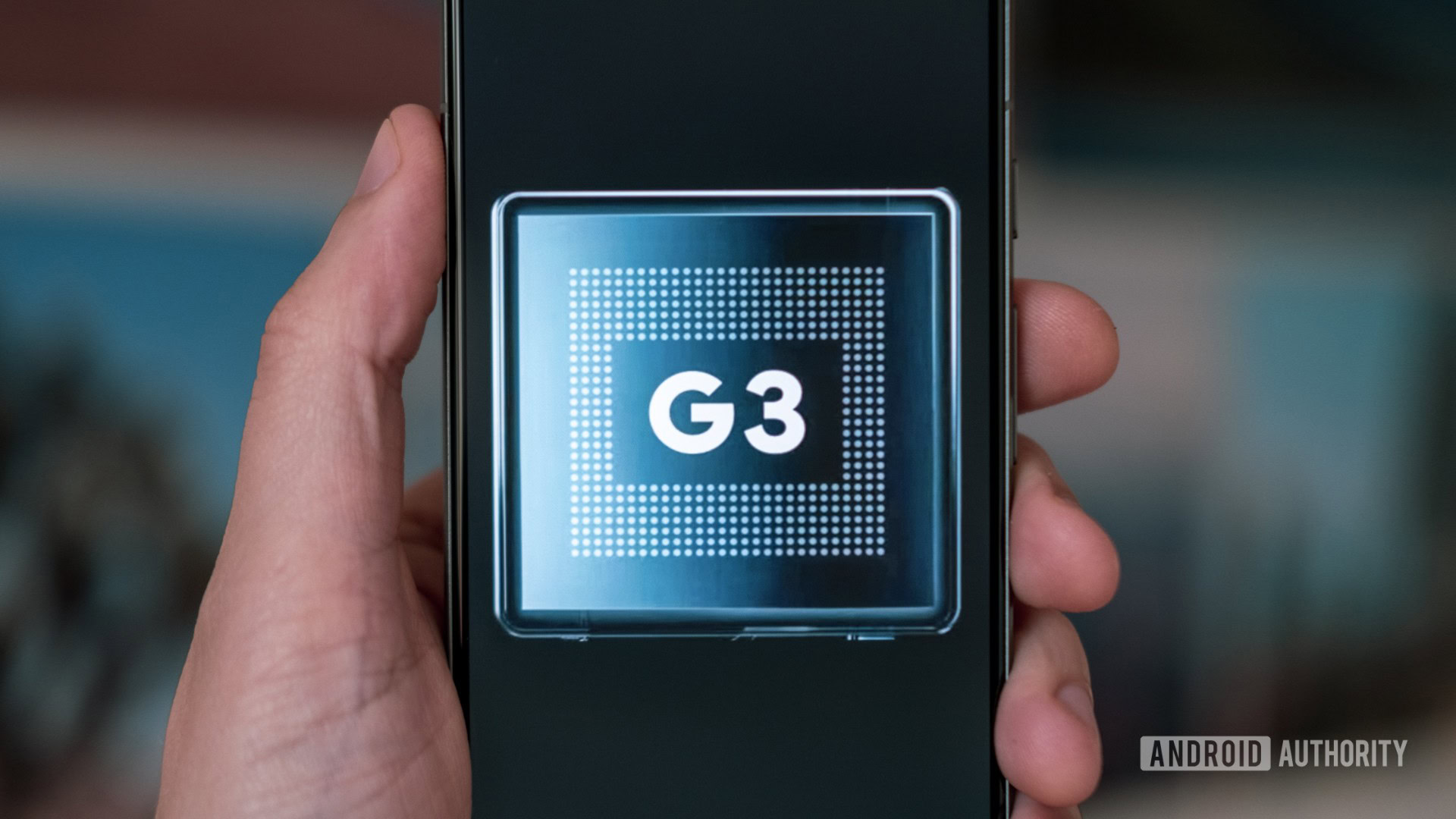
Predictably, the Pixel 8a also comes with an upgraded SoC: the Google Tensor G3. That’s the same processor found in the Pixel 8 series. While the Tensor G2 was a relatively minor upgrade, the trickle-down of the G3 represents a much bigger leap for the A series.
The highlight of the newly installed SoC is definitely the improved CPU. Google dropped the ancient Cortex-X1 and Cortex-A55 cores in favor of the newer, faster, and more power-efficient 2022 cores. Google also changed the core layout, from a 2+2+4 setup to a 1+4+4, giving the SoC a whole extra CPU core. All this leads to a considerably faster chip.
The Tensor G3 also brings other improvements over the G2, such as a newer Mali-G715 GPU, a new Samsung Modem 5300, support for AV1 encoding up to 4K/60fps, an upgraded TPU, and a new DSP for image processing tasks.
Similarly to the Pixel 7a, the Pixel 8a uses a slightly different version of the G3 than the Pixel 8 and 8 Pro. While the silicon die inside the chip is identical, the plastic package differs. While the regular G3 uses FOPLP (Fan-Out Panel Level Packaging), the 8a’s G3 uses IPoP (Integrated Package on Package). According to Samsung, IPoP is thicker and hotter than FOPLP, but it is also cheaper, which explains the decision. In practice, the differences shouldn’t be huge, and the chip should still be a massive upgrade.
Wider availability
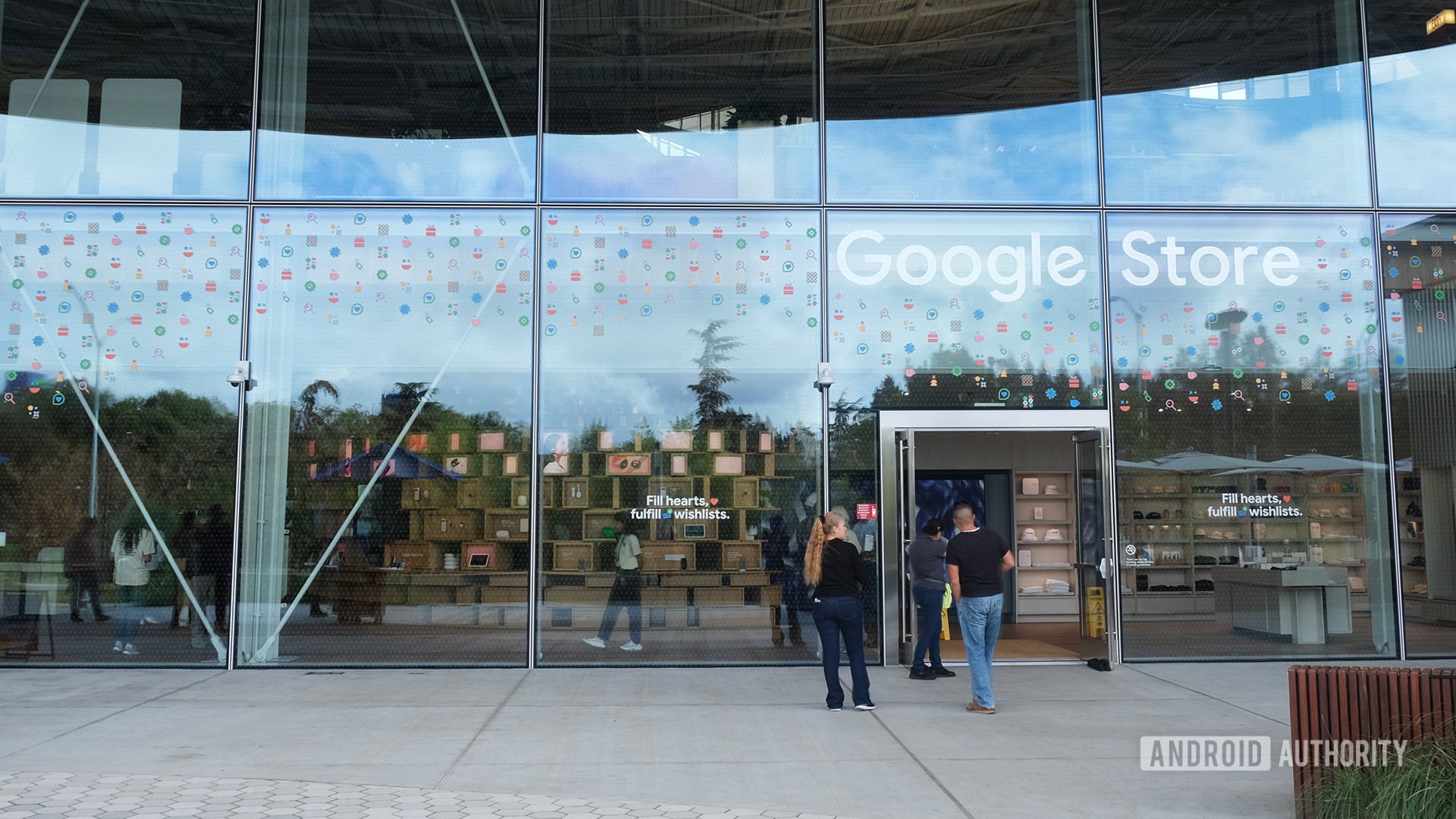
The availability of Google Pixel devices often leaves a lot to be desired. Unlike most manufacturers, Google only sells its devices in a select few countries. For example, the Pixel 7a is only available in 21 countries, while Apple sells its devices in over 140! Fortunately, the situation is slowly changing for the better.
The Pixel 8a includes electronic warranty labels for the following new regions:
- Czech Republic
- Estonia
- Finland
- Hungary
- Lithuania
- Latvia
- Poland
- Romania
- Slovakia
- Slovenia
It’s important to remember that this is simply a prediction and might not end up wholly accurate. However, similar listings I found for the Pixel 8 series prior to launch did eventually pan out, so this is a pretty solid indicator of potential additional markets where you’ll be able to buy the Pixel 8a.
Pixel 8a specs leak impressions: What are you doing, Google?
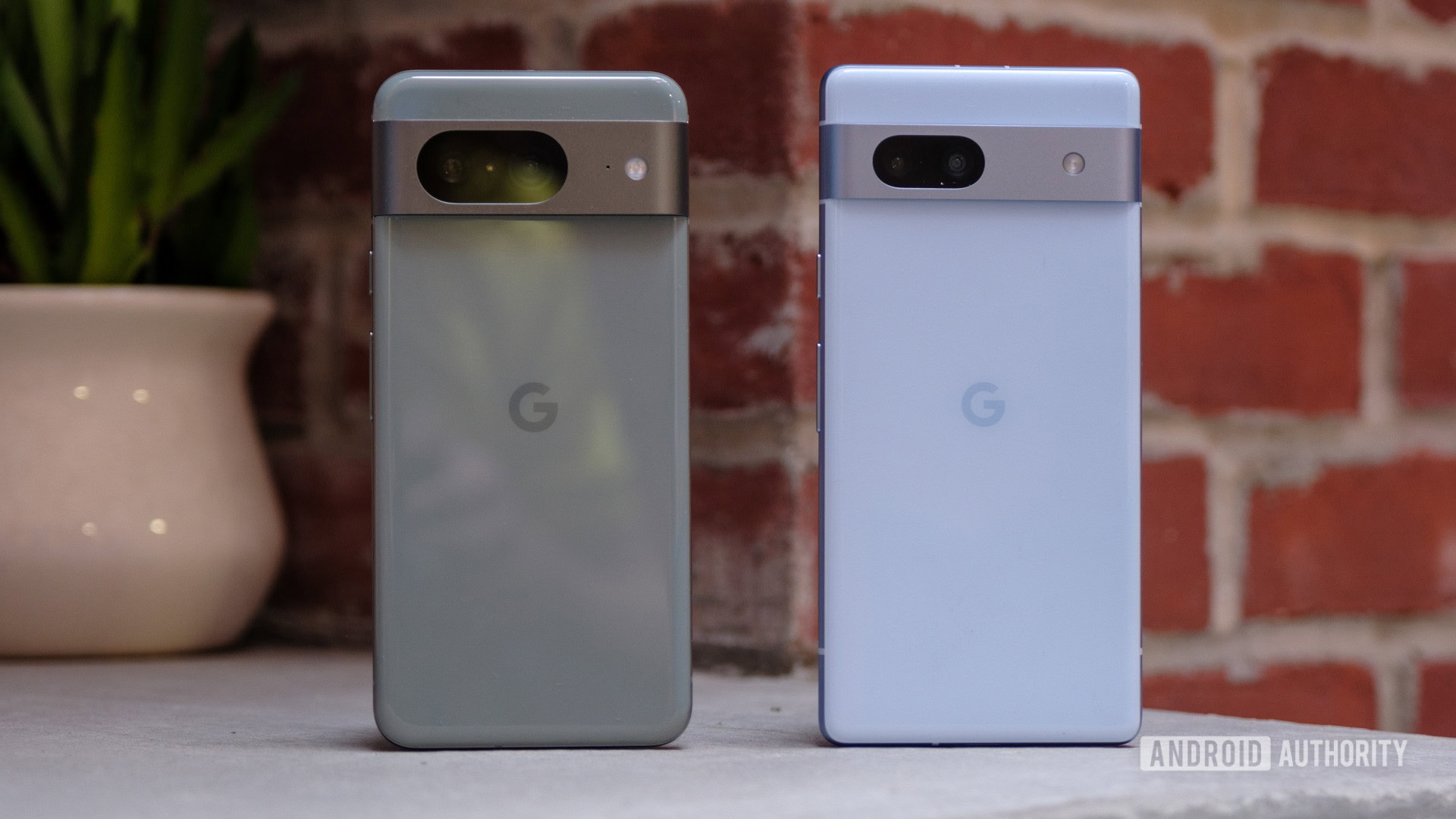
The Pixel 8a is yet another device in its family that narrows the gap between the budget and regular Pixels. While that’s definitely good for the customers, it simultaneously raises a question: what is Google’s plan here?
What do you think about the Pixel 8a's specs?
The Pixel 8 series saw Google attempt to distance the Pro and non-Pro Pixels, and it has succeeded to the point where the Pixel 8 will feel closer to the Pixel 8a than it currently does to the 8 Pro. The Pixel 7 and 7a were already very similar, and the simultaneous existence of the two phones seemed poorly justified. It will be interesting to see how Google deals with this lineup problem now and in the future.
